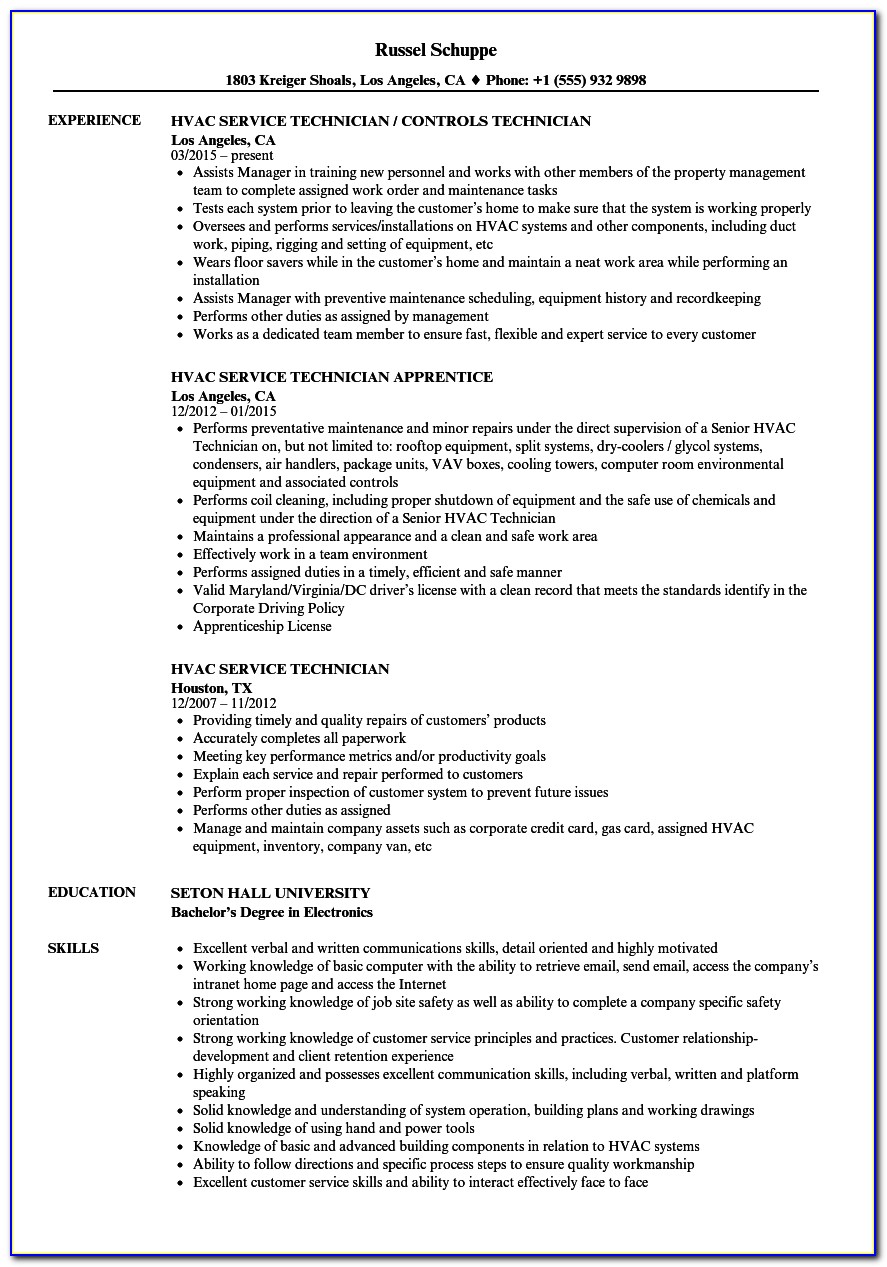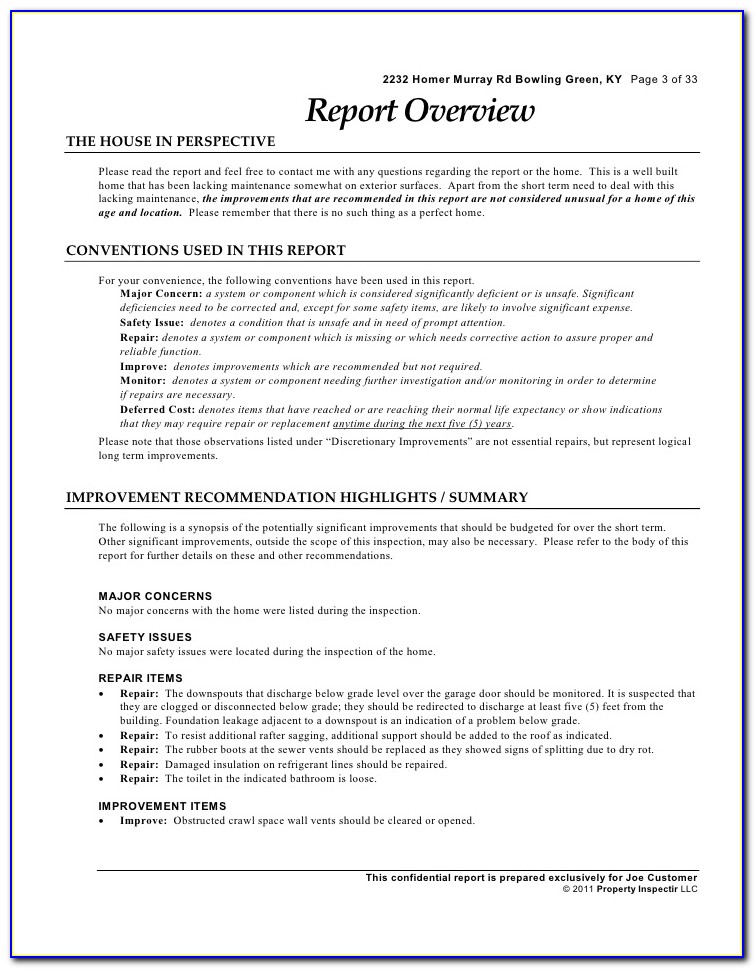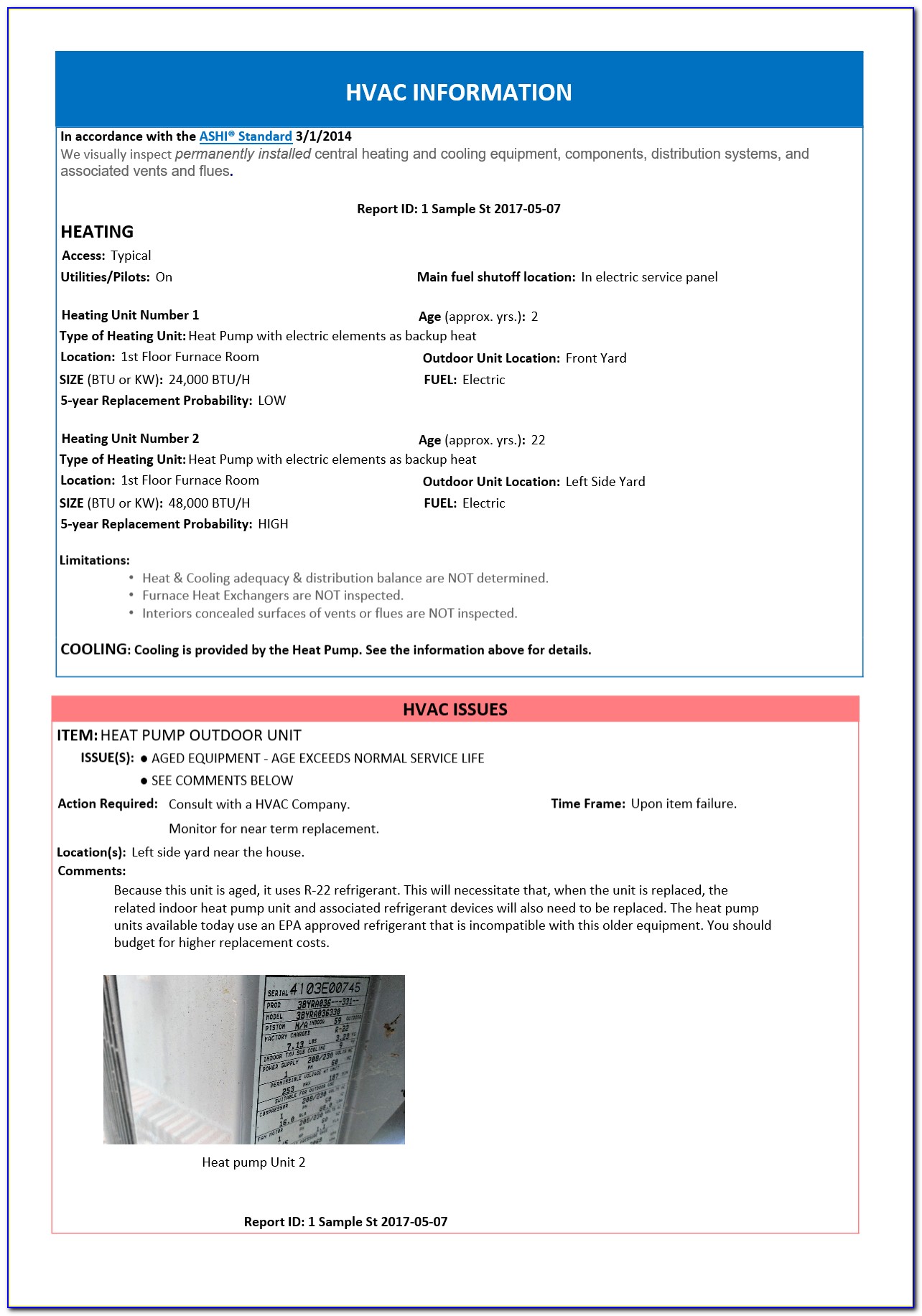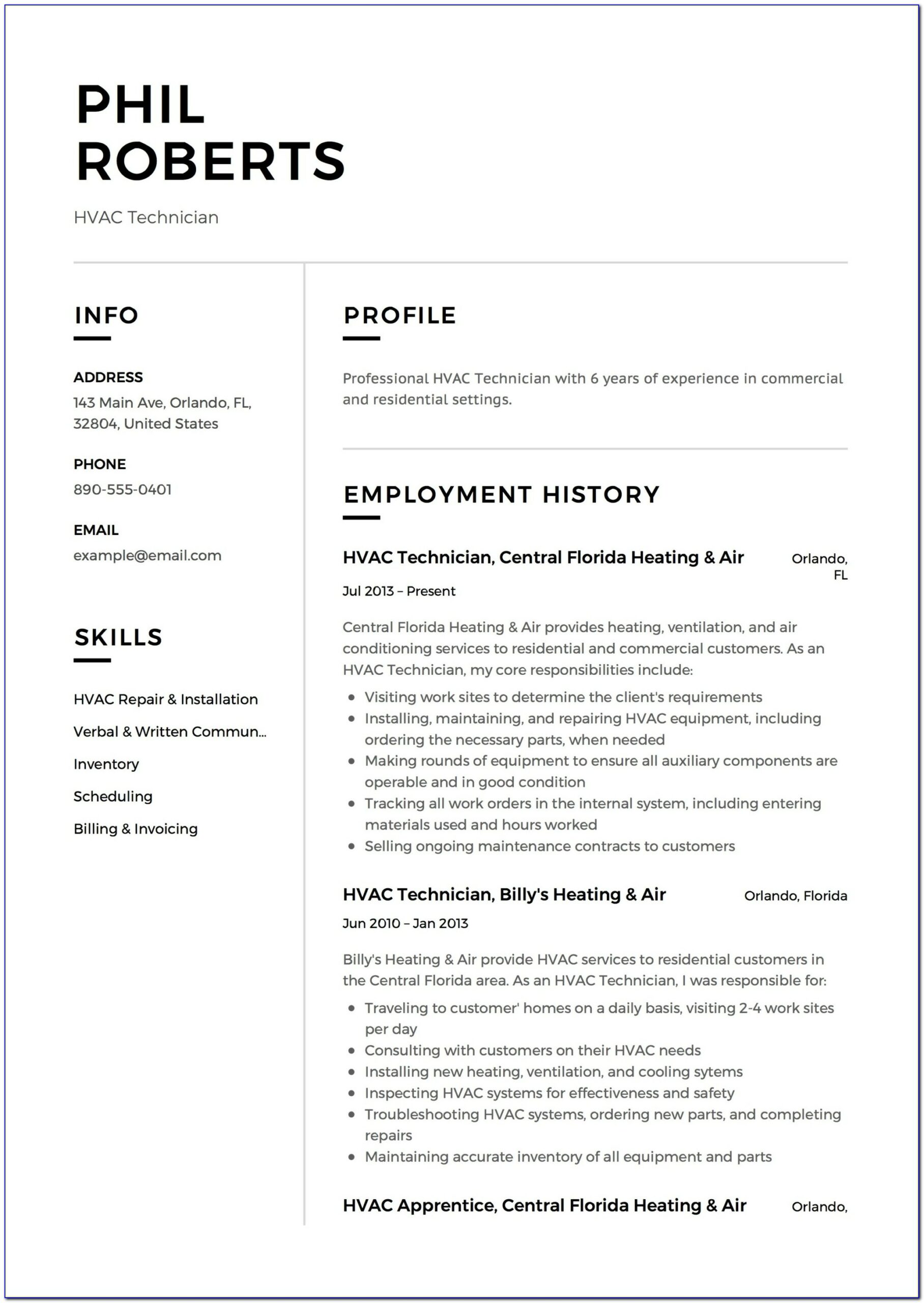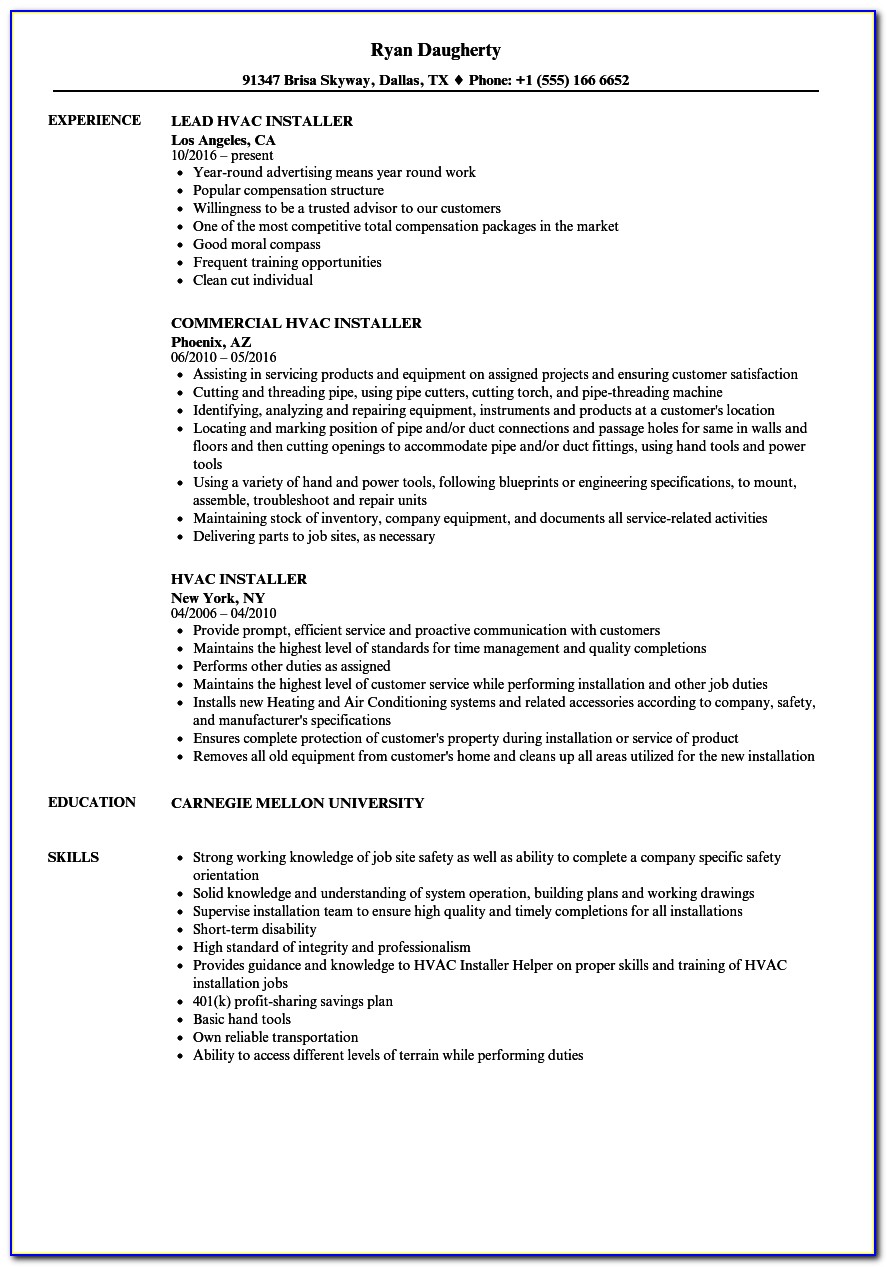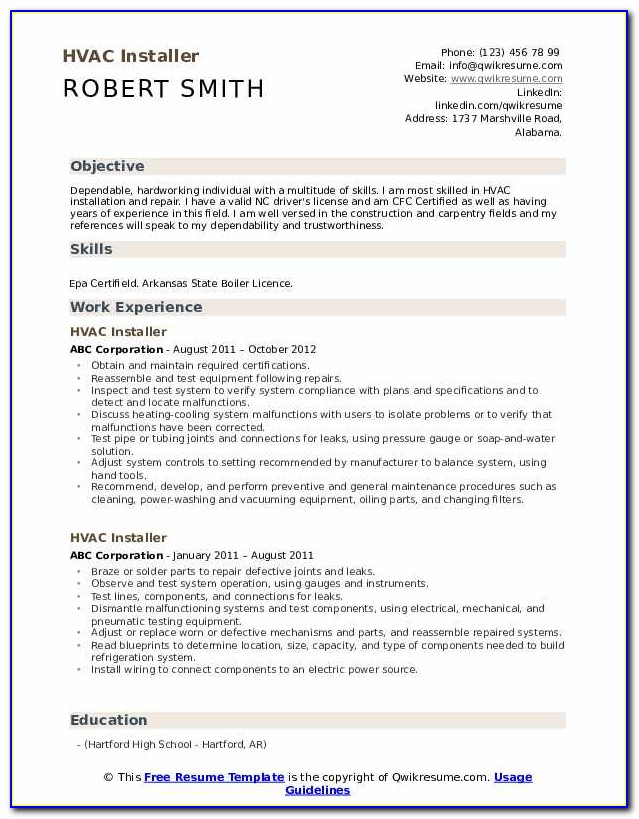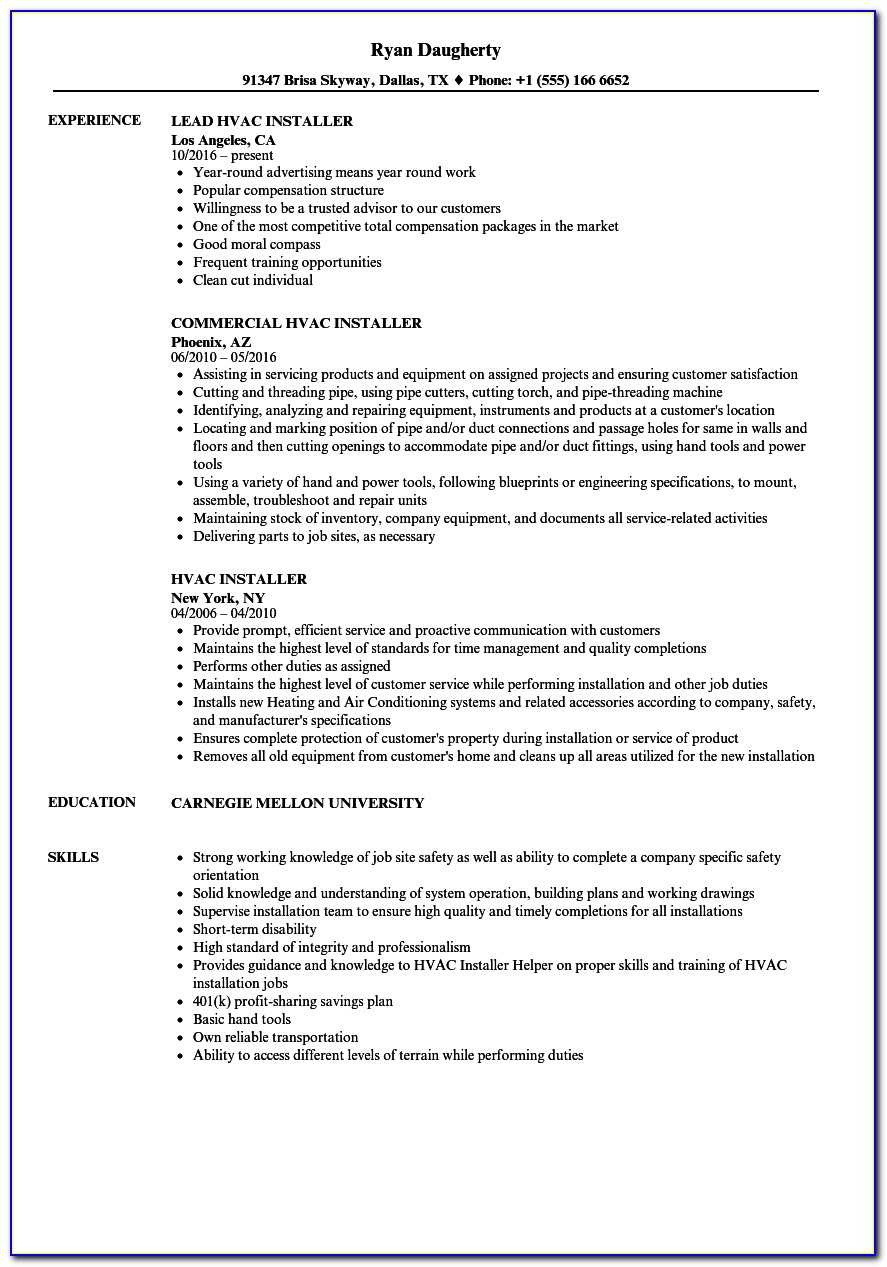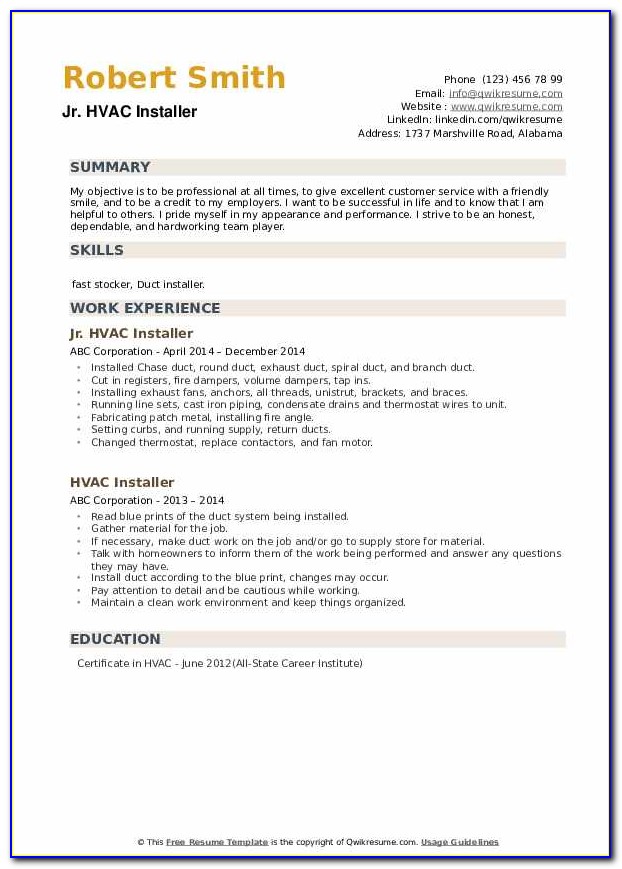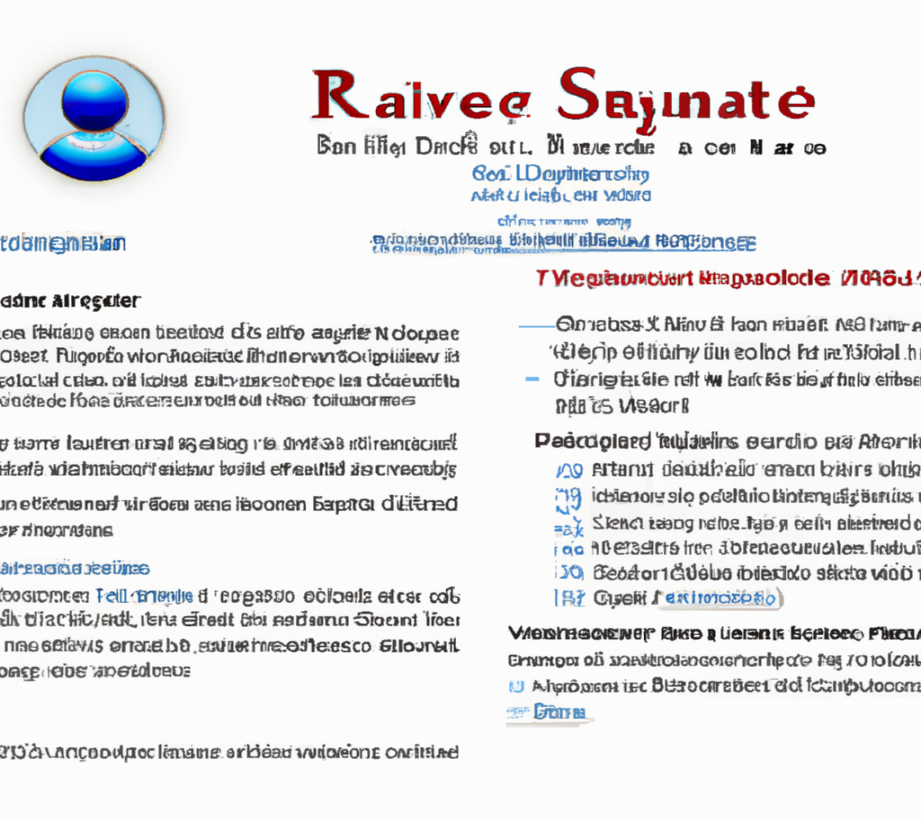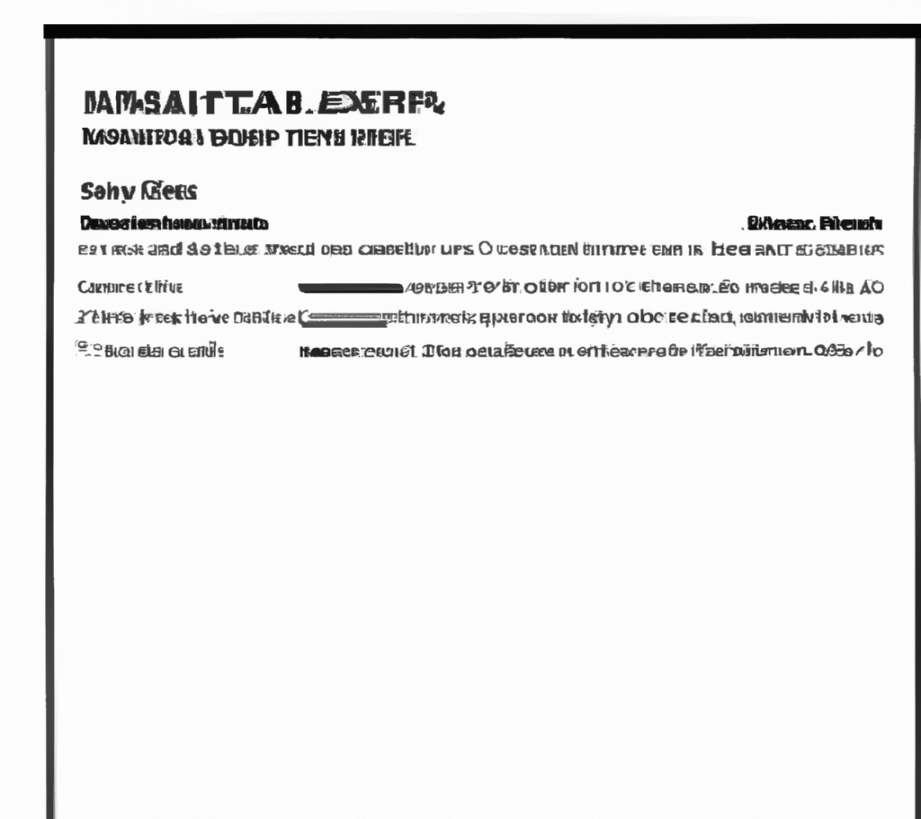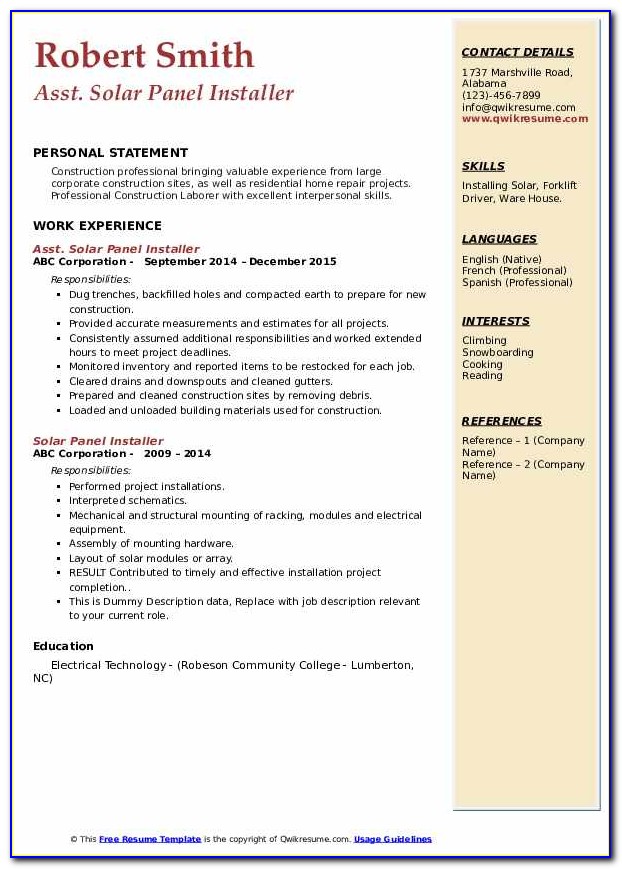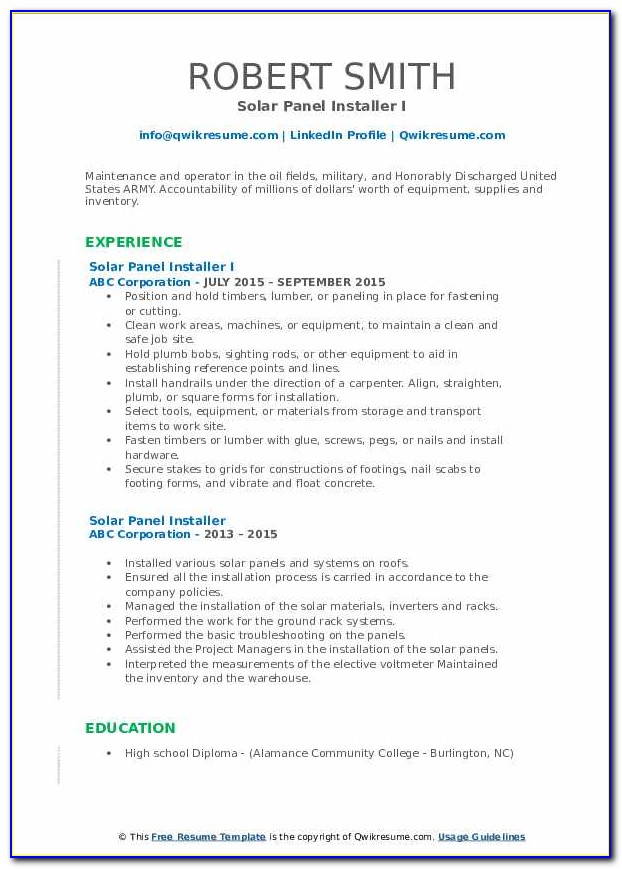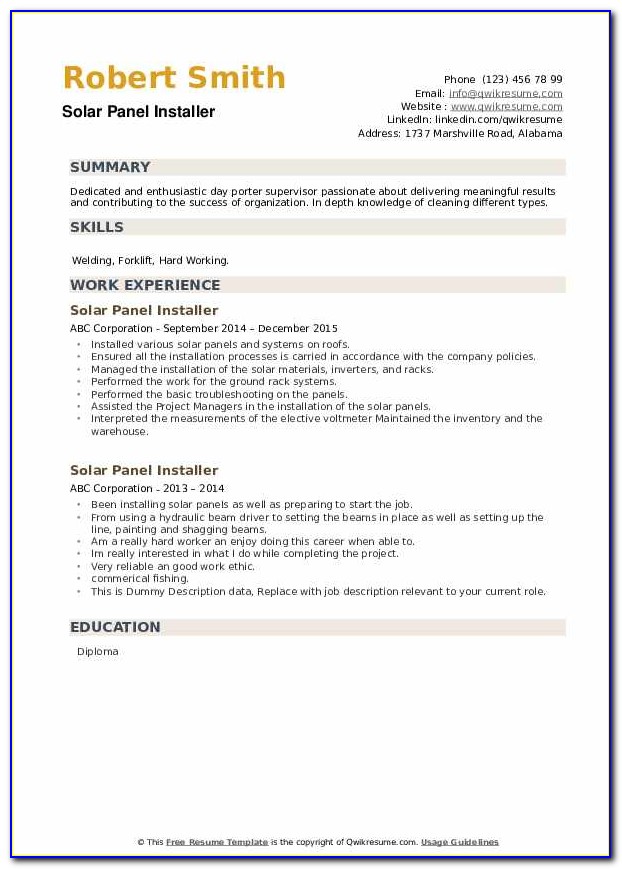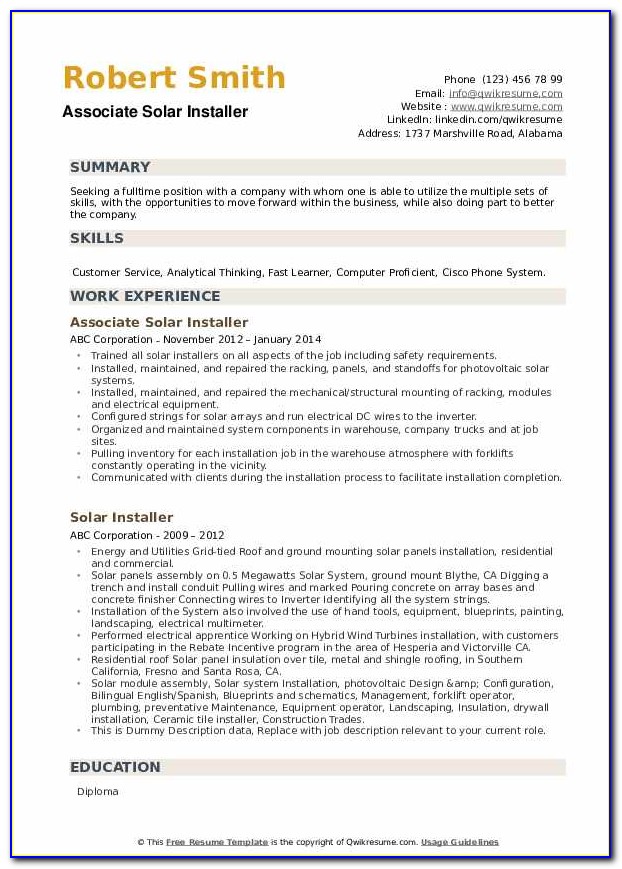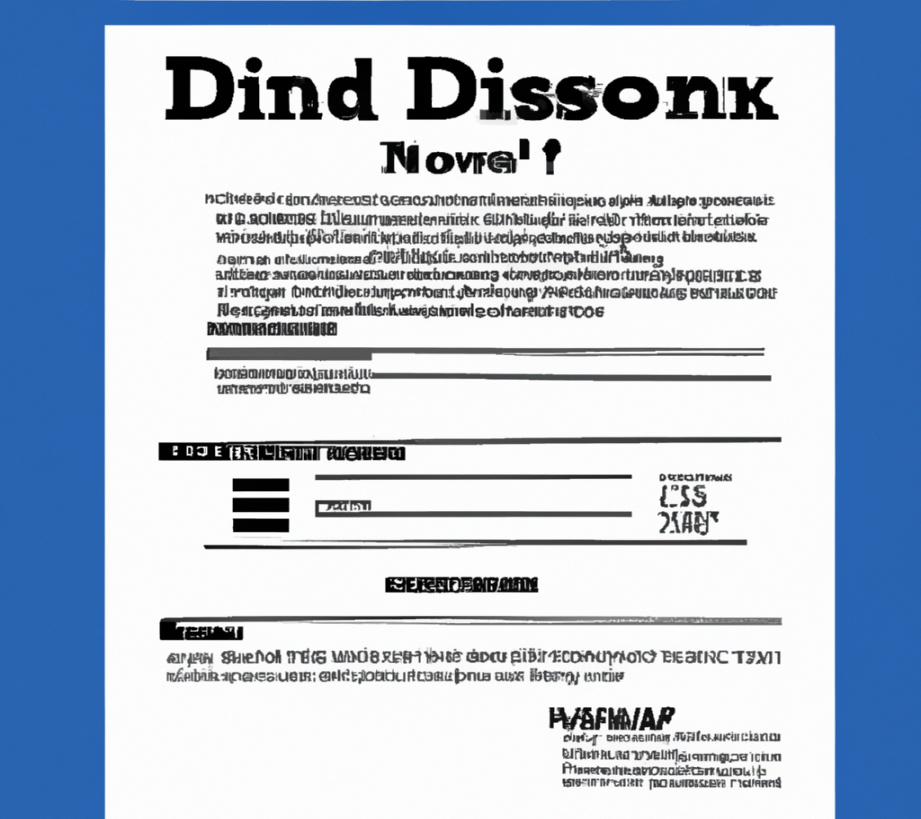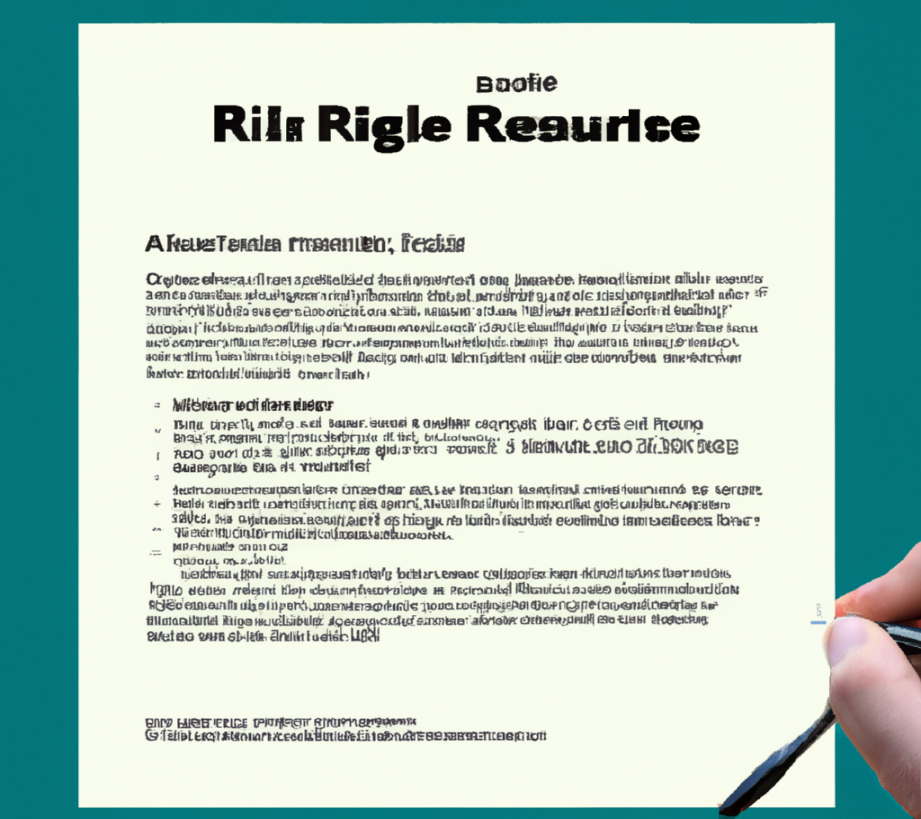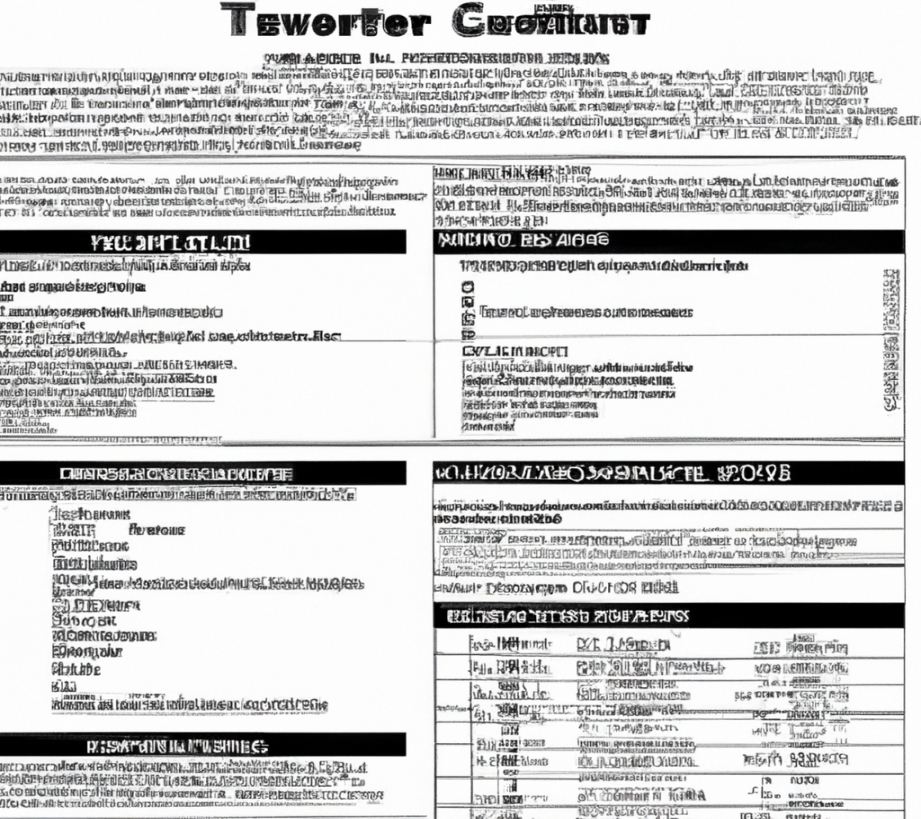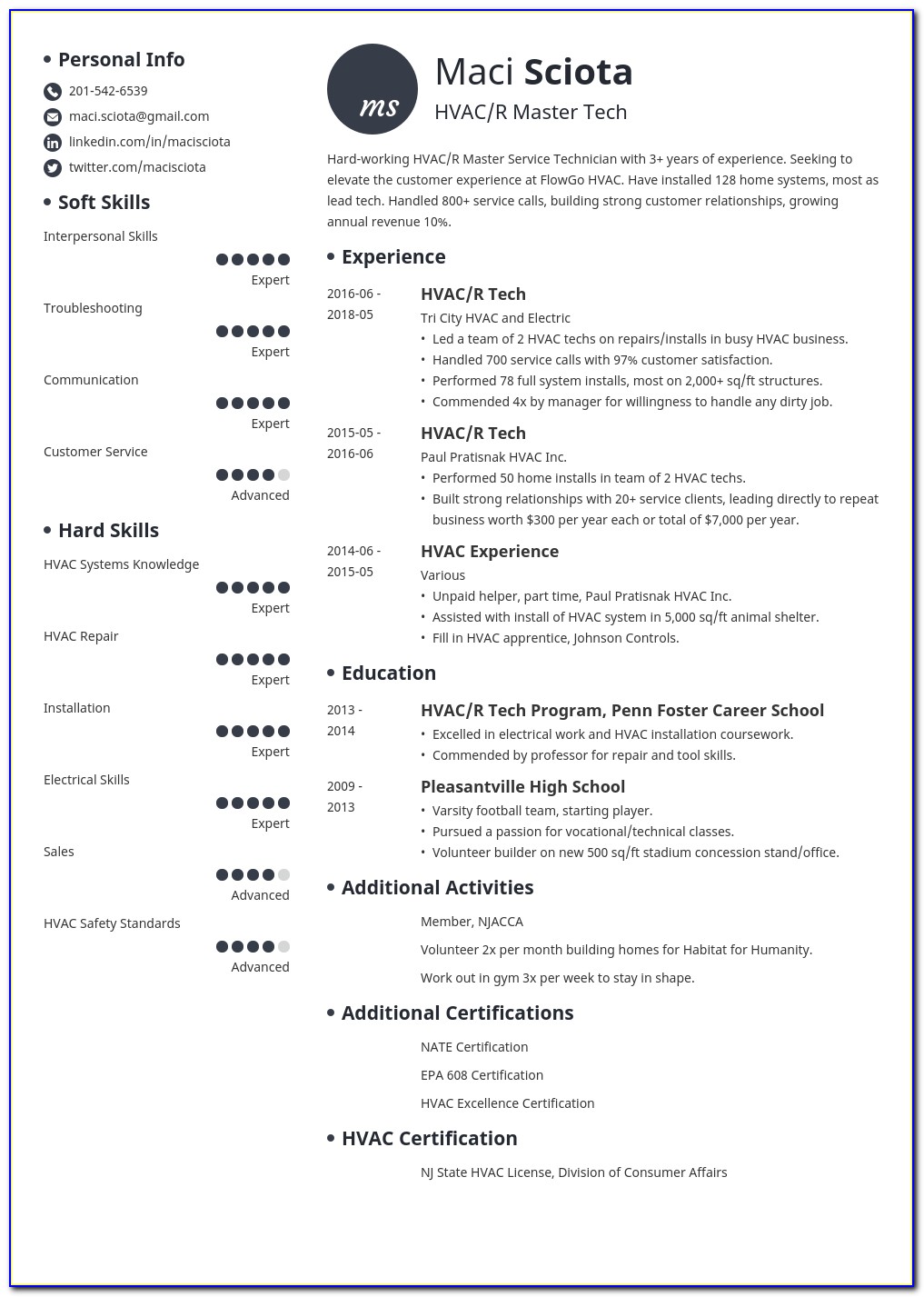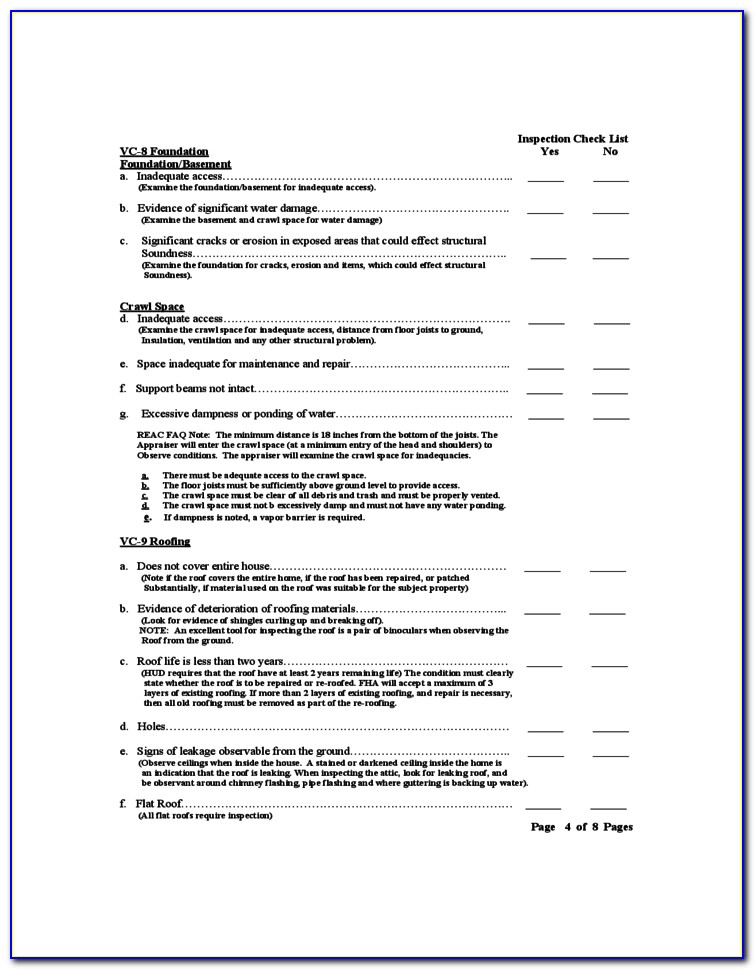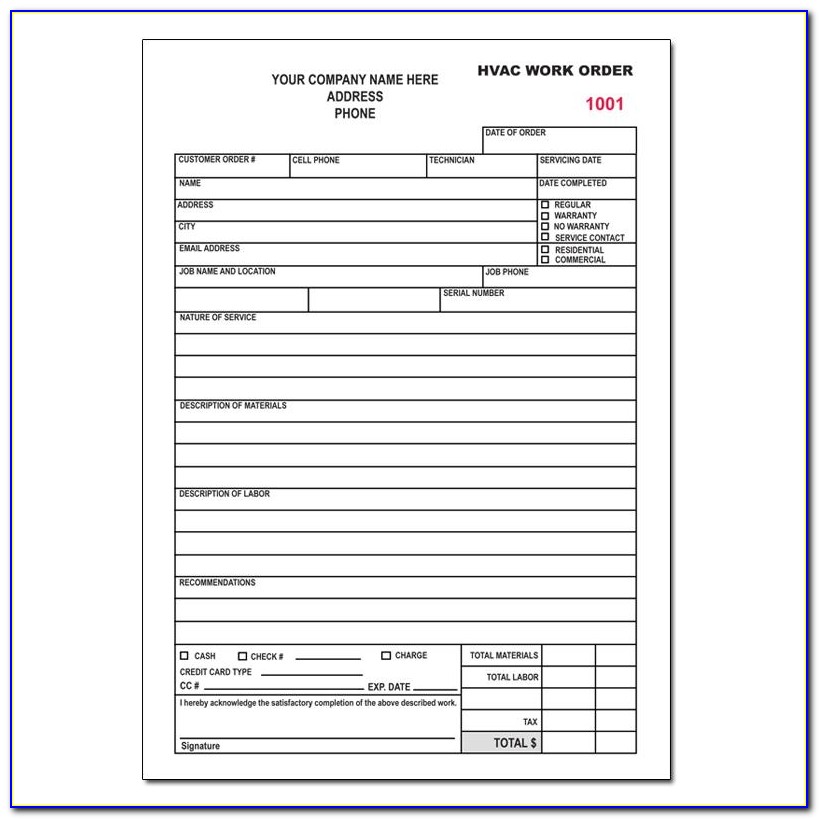A Comprehensive Guide To Writing An Effective HVAC Installer Resume
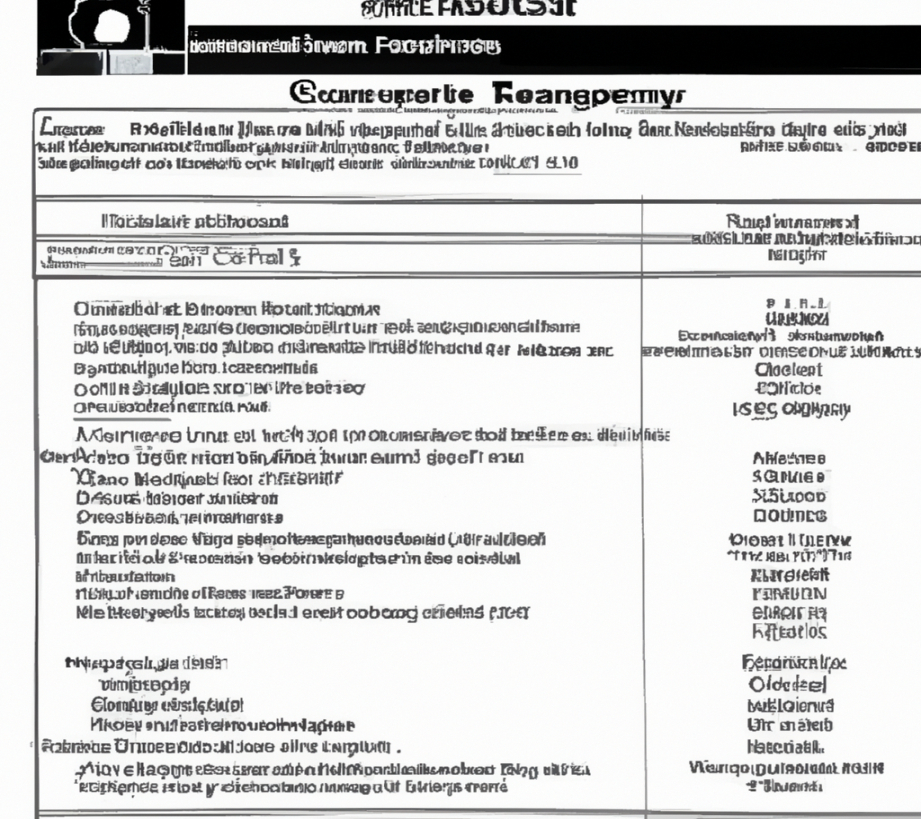
Image Source: windows.net
# Outline
I. Introduction
A. Explanation of HVAC Installer
B. Purpose of hvac installer resume
II. What to include in an HVAC Installer Resume
A. Relevant HVAC Experience
B. Certifications and Licenses
C. Education and Training
D. Technical Skills
E. Soft Skills
III. Tips for Writing an Effective HVAC Installer Resume
A. Use Keywords
B. Customize the Resume for the Job
C. Include Quantifiable Achievements
D. Keep it Concise
E. Proofread Carefully
IV. Example HVAC Installer Resume
A. Header and Contact Information
B. Summary Statement
C. Professional Experience
D. Education and Certifications
E. Technical Skills
V. Conclusion
VI. FAQs
# HVAC Installer Resume: Guide to Writing an Effective Resume
## Introduction
HVAC (heating, ventilation, and air conditioning) installers are responsible for installing, repairing, and maintaining HVAC systems in residential and commercial buildings. The job of an HVAC installer requires technical skills and knowledge of building codes and regulations. An HVAC installer resume is a crucial component in the job application process. In this article, we will discuss the important aspects of an HVAC installer resume, including what to include and tips for writing an effective resume.
## What to include in an HVAC Installer Resume
An effective HVAC installer resume should include the following:
### Relevant HVAC Experience
One of the most important sections of an HVAC installer resume is the professional experience section. This section should list all relevant work experience, including job titles, company names, and dates of employment. It should also include a brief description of the job responsibilities and achievements in each role.
### Certifications and Licenses
Certifications and licenses are an essential part of an HVAC installer’s qualifications. This section should list all the certifications and licenses, including the issuing authority and the expiration date. Examples of relevant certifications and licenses may include HVAC Technician Certification, NATE (North American Technician Excellence), and EPA (Environmental Protection Agency) Certification.
### Education and Training
This section should include information about the education and training related to the HVAC field. It may include degrees or diplomas from a technical school or community college, apprenticeships, or on-the-job training.
### Technical Skills
HVAC installers require a specific set of technical skills to perform their job duties. This section should list all relevant technical skills, including the ability to read blueprints, knowledge of electrical wiring, and experience with hand and power tools.
### Soft Skills
In addition to technical skills, HVAC installers should possess a range of soft skills, including problem-solving, communication, and teamwork. This section should highlight these skills and provide examples of how they have been utilized in previous roles.
## Tips for Writing an Effective HVAC Installer Resume
An effective HVAC installer resume should be tailored to the job requirements and showcase the applicant’s qualifications. Here are some tips for writing an effective resume:
### Use Keywords
Use industry-specific keywords throughout the resume to demonstrate an understanding of the HVAC industry. This will help the resume to pass through the ATS (applicant tracking system) and make it to the hands of hiring managers.
### Customize the Resume for the Job
Customize the resume according to the job requirements. Highlight the skills and experiences that align with the job description and emphasize them in the resume.
### Include Quantifiable Achievements
Use quantifiable achievements, such as increasing efficiency or reducing costs, to demonstrate the impact the applicant has made in previous roles.
### Keep it Concise
Keep the resume brief and avoid including irrelevant information. Only include information that is relevant to the job requirements.
### Proofread Carefully
Proofread the resume carefully for grammar and spelling errors. It is important to present a well-written and error-free resume.
## Example HVAC Installer Resume
Here is an example of an HVAC installer resume:
### Header and Contact Information
Include the applicant’s name, phone number, email address, and location.
### Summary Statement
Write a brief summary that highlights the applicant’s skills and experiences. For example: Experienced HVAC installer with 5+ years of experience in residential and commercial installations. Proficient in reading blueprints and troubleshooting HVAC systems.
### Professional Experience
List the relevant work experience in reverse chronological order. Include the job title, company name, and dates of employment. Provide a brief description of job responsibilities and achievements.
### Education and Certifications
List any relevant education and certifications, including the issuing authority and the expiration date.
### Technical Skills
List the relevant technical skills, such as electrical wiring, reading blueprints, and using hand and power tools.
## Conclusion
An effective HVAC installer resume should showcase the applicant’s qualifications and experience. It should be tailored to the job requirements and use industry-specific keywords. Use quantifiable achievements and keep the resume brief and error-free.
## FAQs
1. What is an HVAC installer?
2. What should I include in my HVAC installer resume?
3. How can I customize my resume for a specific job?
4. What technical skills are required for an HVAC installer?
5. How can I make my resume stand out to hiring managers?
Tags :
